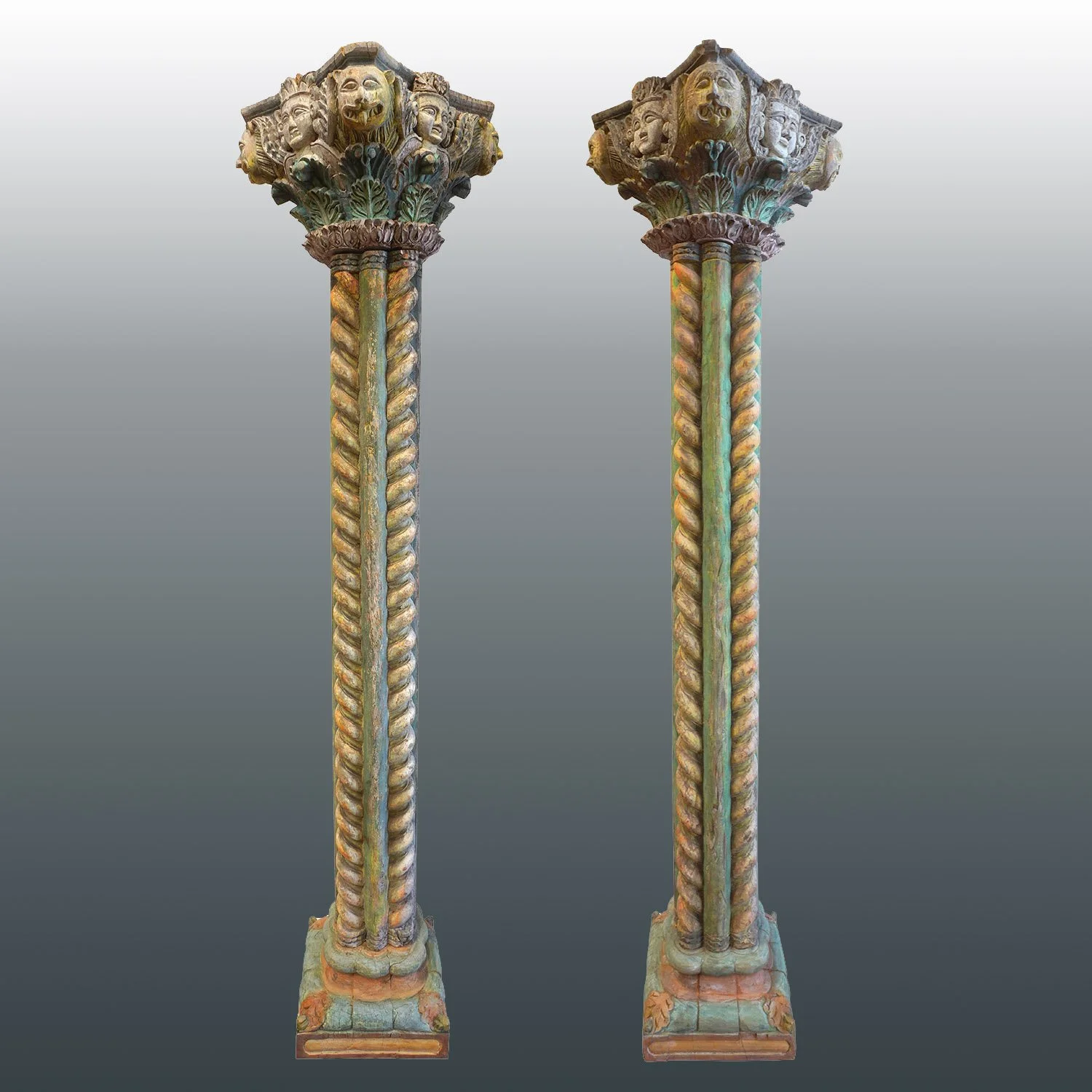Rain or Frog Drum, South East Asia










Rain or Frog Drum, South East Asia
Laos, Thailand, Burma
19th Century or Earlier
Bronze
17.75 h x 22 Dia in. / 45 x 56 cm
This example has the traditional eight-pointed star with a butterfly motif at its center and a sheaf of wheat in relief at the base.
Large bronze drums or gongs like this were made by the Shan and Intha of eastern Burma, and used by the Karen Hill people of Thailand. Also called rain drums, they were used ceremonially, as currency, and as insurance against crop failure, as they could be sold to purchase food. The largest known rain drum, the city of Ubud (Bali), is named The Moon of Pejeng and measures nine feet wide. Prehistoric trading was probably responsible for the scattering of these drums across southeast Asia. The Karen identified drums as male (with frogs) or female (without frogs); many drums have two to four frogs stacked on top of one another. The Lamet people of northwestern Laos also valued kyee-zee drums, and acquired them from the Karen. In 1937, one drum was worth four buffaloes, and a man was considered rich if he owned at least two drums (Opitz, An Ethnographic Study of Traditional Money, 2000).
Shipping quoted separately.









